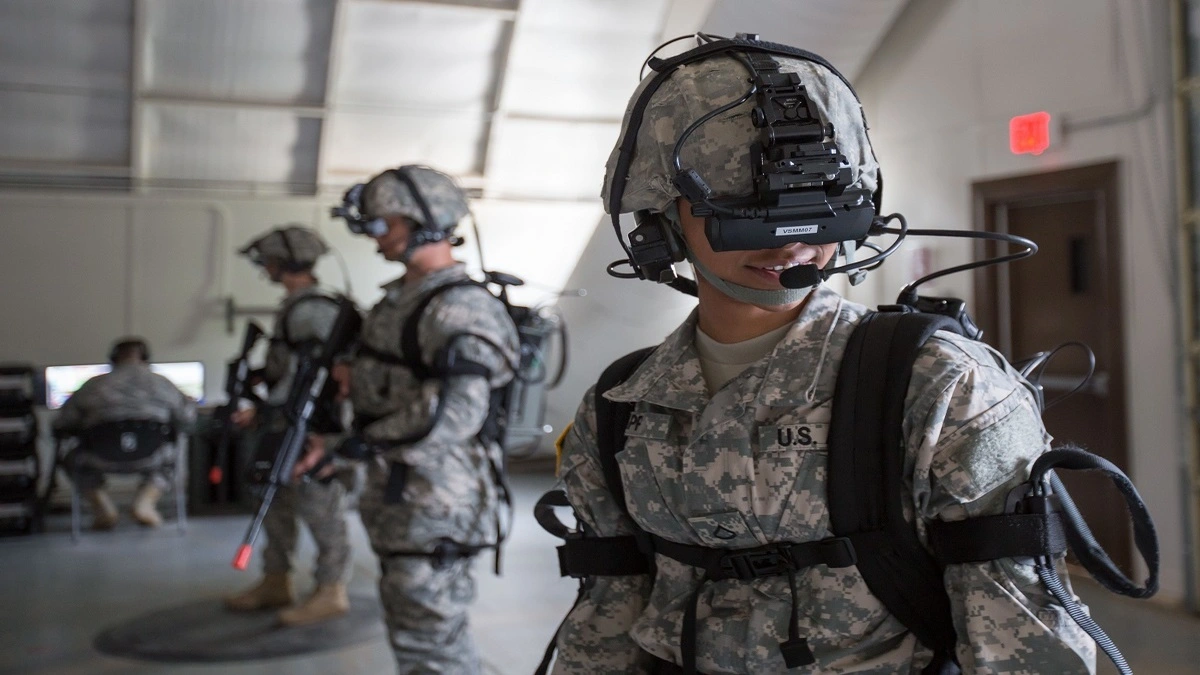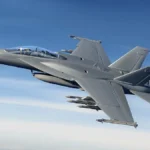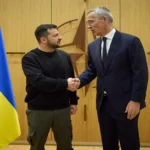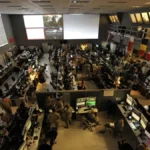Our goal is to strengthen unit-level collective and combined arms air-ground training for both aviation and ground units (active and National Guard) within a synthetic training environment (STE). We also focus on preparing non-rated crew members (NRCM) for crew coordination, flight tasks, aerial gunnery, lift operations, and sling-load missions through NRCM training systems.
The Reconfigurable Virtual Collective Trainer (RVCT) includes an aviation module (RVCT-A), a ground module (RVCT-G), mounted infantry training, collective gunnery exercises, and mission rehearsal tasks. The RVCT remains dynamic, modular, scalable, and transportable, containing only the necessary core hardware that simulates size, fit, and function so users can effectively perform collective tasks. It runs on a Common Synthetic Environment (CSE), which integrates three essential components: One World Terrain (OWT), Training Management Tool (TMT), and Training Simulation Software (TSS). These CSE components provide applications, services, and software that enable RVCT operations. Its design supports future interoperability with Next Generation Constructive (NGC), Live Training Environments, and other STE equipment.
The Army aims to introduce the Recombinant Training System in 2024.
Colonel Nick Kioutas, project manager for the Army’s Synthetic Training Environment portfolio, said, “The air-ground collective training capability really broadens Soldiers’ opportunities to practice and improve.”
Kioutas emphasized this during a demonstration at the Pentagon on Monday: “It depends on how frequently we can train Soldiers. With collective training at different locations, units from Fort Cavazos and Fort Campbell can join together and train.”
Each RVCT provides individual stations that allow Soldiers to operate the platform virtually before going to the live range. For example, an RVCT-Ground setup for an M1 Abrams crew includes four positions—driver, gunner, commander, and loader. Meanwhile, an RVCT-Air, designed for UH-60 Black Hawk training, provides two pilot seats and additional crew space.
“It’s about connecting tanks directly to the aircraft,” Berg explained during the demonstration. “If a Bradley unit were deployed, there would be laptops for the soldiers landing right behind it. The squad could board, execute the mission, disembark, board a helicopter, conduct an air assault, and return.”
Major Thane Keller, capability developer for the STE Cross-Functional Team, said that soldiers testing the multi-domain training features gave very positive feedback on the immersive touchpoints.
In the future, the Army plans to add artificial intelligence and automation to RVCT. Currently, training is conducted manually, with the TMT setup and management of opposing forces via laptops. Keller explained that in the future, automation could handle these tasks, reducing operator workload.
Kiutas further stated that leadership envisions new ways to use training data. For example, a soldier’s fitness score could influence their future training scenarios, or unit-wide progress could shape upcoming exercises.
Army PEO STRI Highlights Training and Modernization Progress
Brigadier General Christine Beeler, Program Executive Officer for Simulation, Training, and Instrumentation, said in a recorded address at Europe’s largest military training and simulation conference on March 25: “The past 18 months have yielded remarkable results for our role in the Army’s overall test, readiness, and modernization programs.”
Organizers reported that Beeler and other Army PEO STRI leaders did not attend the IT2EC event in Oslo, Norway, in person. The Pentagon had imposed restrictions on non-essential travel.
The office now focuses on development, security, and operations—an application process that incorporates security practices into every stage of software creation.
“This approach enables us to evaluate high-level [training systems] before we deliver them to Soldiers in the field,” she said. “It strengthens our capability for software reuse, modern software design, and rapid acquisition methods.”
“RVCT enables units ranging from squads to battalions to conduct collective, combined-arms maneuver training in a mixed reality environment,” he explained.
He explained that the office has successfully launched the first series of synthetic training environments. The STE initiative, long considered one of the Army’s top modernization efforts, allows soldiers to blend live and virtual training with mortar units in force-to-force exercises.
He explained that through the Trackless Moving Target program, the office has introduced robotic platforms that simulate vehicles and dismounted soldiers moving across various terrains, and are durable enough to withstand live-fire training.
For cyber readiness, the Persistent Cyber Training Environment equips soldiers and joint personnel with realistic scenarios to strengthen network defense. He added, “It’s getting better every step of the way.”
He explained that the office has also opened a new Multi-Domain Operations Environment testbed at Fort Huachuca, Arizona, which includes cyber, operations, command center, intelligence, electronic warfare, and tactical training.
He emphasized that this will “help the Army design, plan, and execute future multi-domain operations and environments.” He added that the system has already been instrumental in the Vanguard 24 exercise, where it successfully integrated numerous simulators and equipment.
Soldiers at Fort Hood Undergo Cutting-Edge Training
With temperatures outside reaching over 90 degrees Celsius, many might assume the upcoming exercise on Fort Hood’s flat, dusty terrain would be unbearable.
Instead, these soldiers train inside the Close Combat Tactical Training Center, where the constant hum of computers and cool air conditioning maintain a comfortable environment.
Advanced Virtual Training at the Center
This center provides state-of-the-art virtual collective training for warfighters and this month welcomed approximately 150 soldiers from Fort Bliss, Texas, and Fort Carson, Colorado, for an operational evaluation directed by the U.S. Army Test and Evaluation Command.
VCT: A Flexible Training System
The RVCT provides an adaptable hardware system that connects to the STE-IS to conduct collective, mixed-reality training programs. Its advanced equipment—including head-up displays, sharp-resolution monitors, and realistic controllers—allows soldiers, squads, platoons, and companies to practice with both live and virtual tasks.
Replicating Real Combat Scenarios
STE-IS-enabled RVCT systems simulate critical aviation and ground assets; the Fort Hood exercise highlighted RVCT ground models, which simulate Abrams, Bradley, and Stryker vehicles, as well as mounted infantry.
Sergeant Adrian Ceballos, who traveled from Colorado for the evaluation, felt “surprised and overwhelmed” by the advances in training technology.
Kioutas said, “Being agile means we adapt quickly to meet Soldiers’ needs.” He emphasized how important it is to keep STE systems versatile enough to meet changing operational and training demands.
He added that the STE cross-functional team provides operational evaluation groups with concise capability development documents as well as reports on capabilities and limitations, which guide their priorities while confirming the feasibility of requirements.
“This work is still evolving,” Glaser said, adding that the joint assessment provides Army modernization and training leaders “a valuable opportunity to check our math and make sure we’re moving in the right direction.”








Leave a Reply